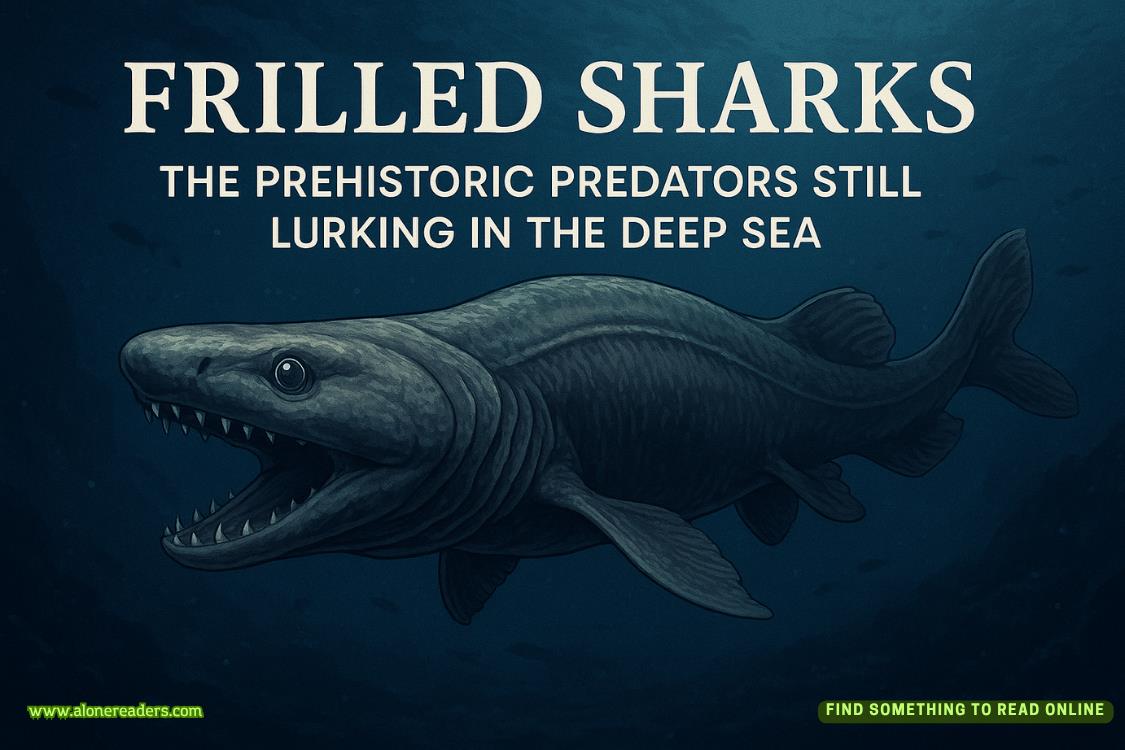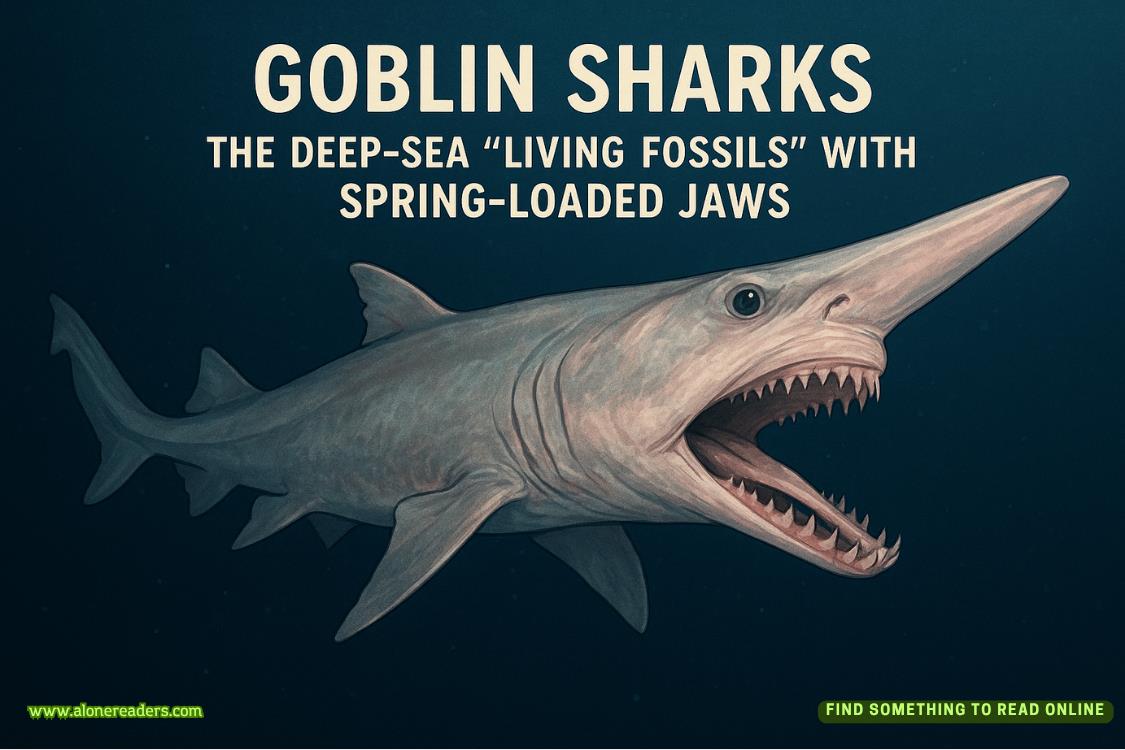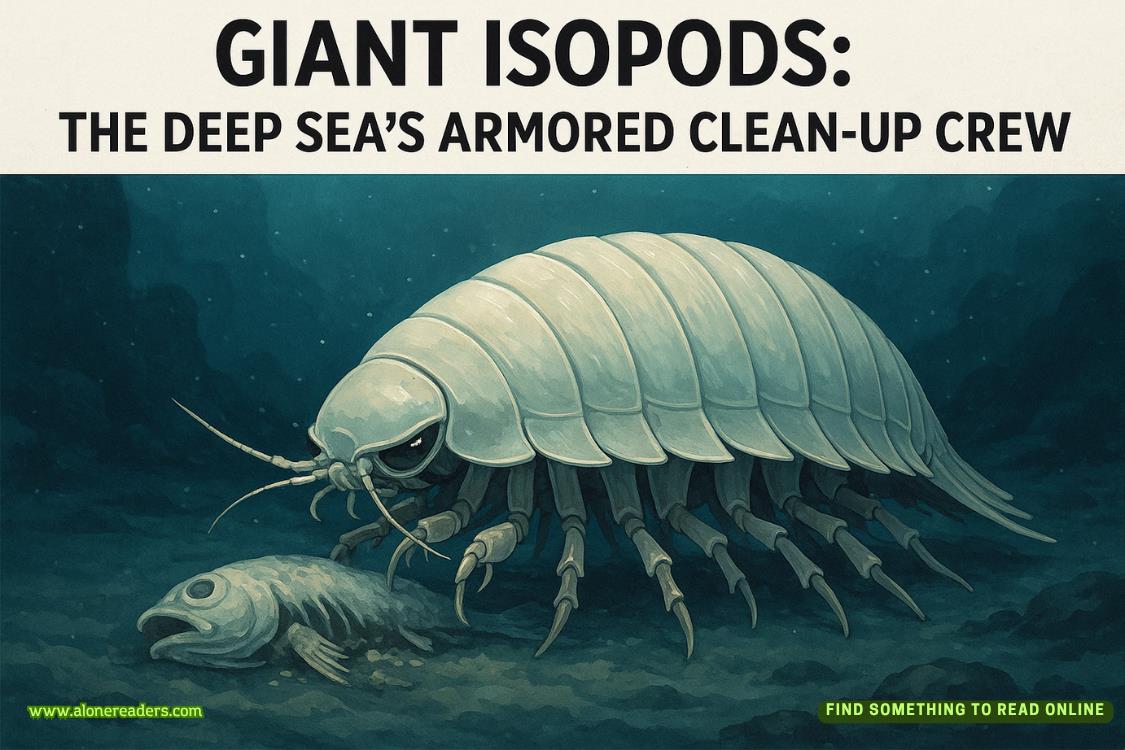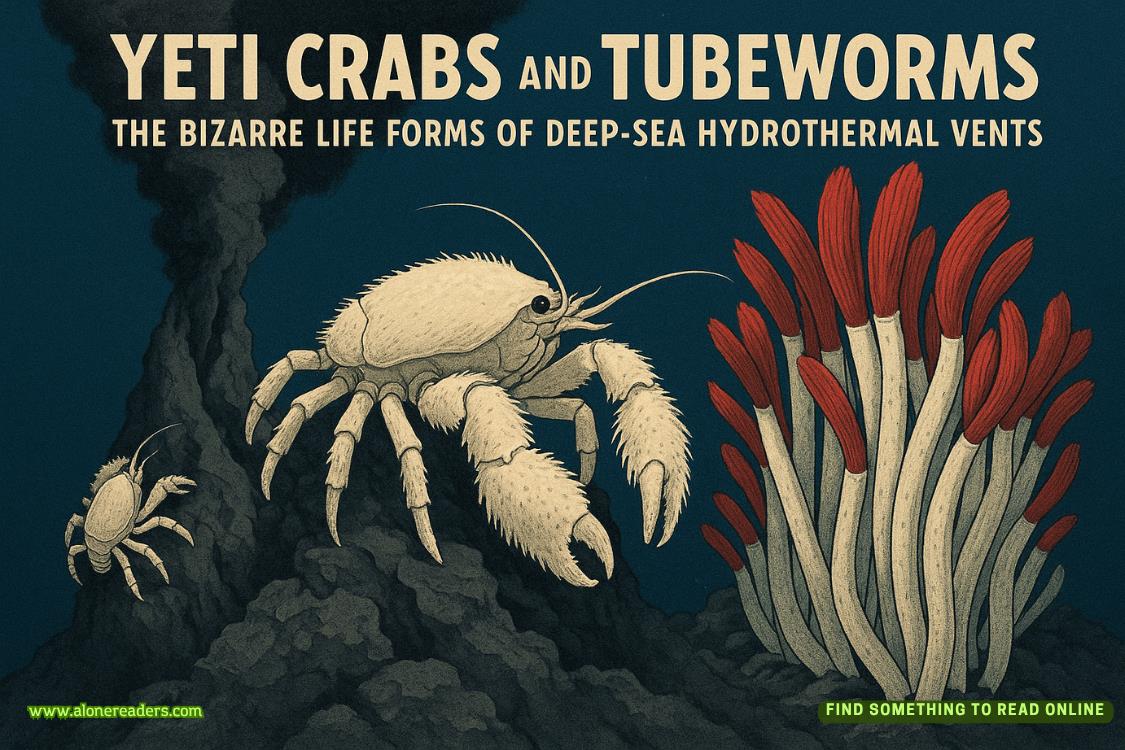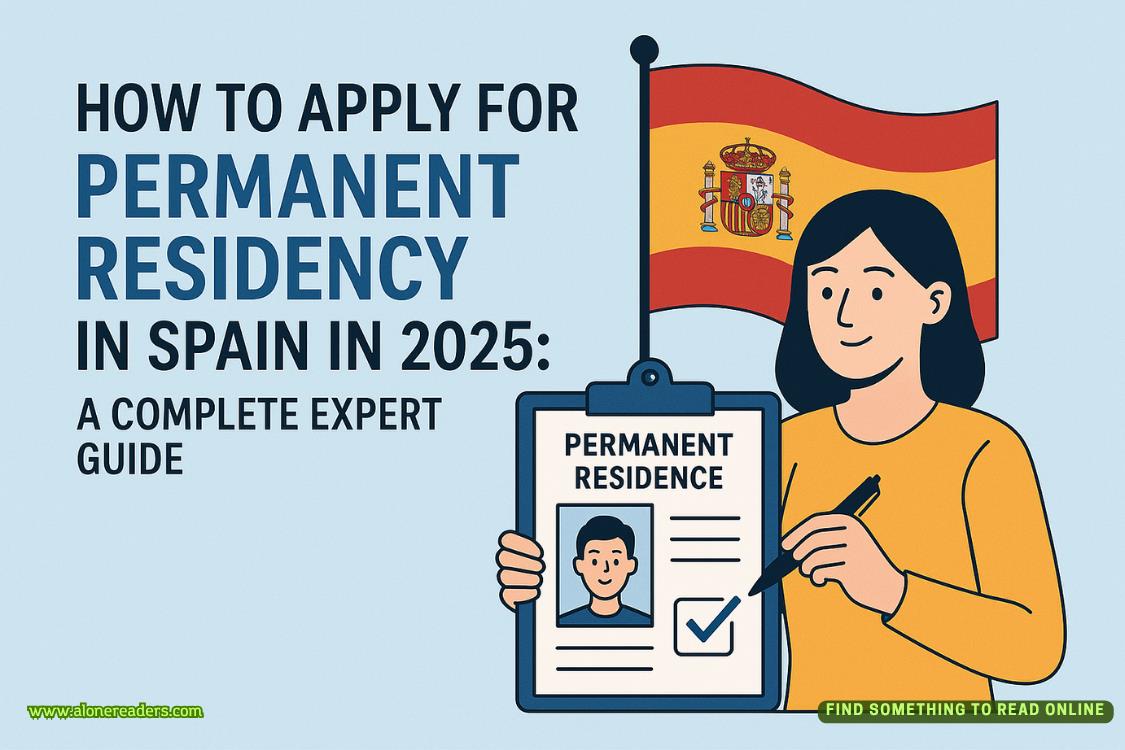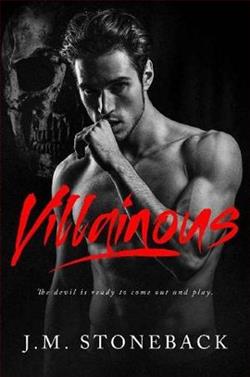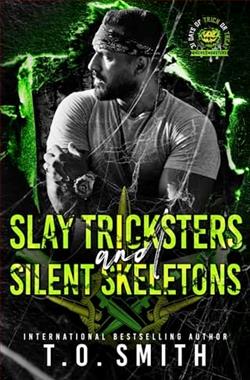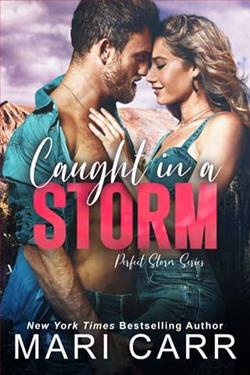Page 47 of The Texas Murders
Now I know how local cops feel when one of our requests bumps theirs.
The tech explains that the task force has recently bombarded the lab with various items—guns for ballistics matching, evidence bags filled with hair or clothes for DNA testing, dozens of blood samples for examination—and Ryan apparently wanted those at the top of the queue.
“He must have thought these feathers weren’t as important.”
I can’t help but think Ryan’s deliberately trying to delay our investigation. Is he punishing me because of what happened at the raid? Is he bitter because of our tie at the shooting competition? Or just holding a grudge because I stood up to him?
Either way, I’m fuming when I hang up the phone.
“Listen to what Ryan Logan did,” I say to Carlos and Ava.
After I explain, I can tell Ava is livid, but she doesn’t express her opinion verbally. I’m not so stoic about it.
Scrolling through my contacts to find Ryan’s number, I say, “I’m going to give that son of a bitch a piece of my mind.”
Unfortunately, I get Ryan’s voicemail.
“It’s Rory,” I say. “Call me.”
That’s all I say, but there’s no mistaking my tone—Ryan will know I’m pissed and ready for a fight.
CHAPTER 39
AFTER DOING SOME interviews the next morning, we strike out for Flagstaff, passing by a herd of elk on our way out of Durango. The scenery on the drive is beautiful, the forested hills of Colorado becoming red desert plains adorned with amazing rocky buttes, then transforming again into sparse prairies foregrounding distant mountains. As we get closer to Flagstaff, the famous San Francisco Peaks—a volcanic range of ten- and twelve-thousand-foot mountains blanketed with thick pine forests—rise out of the prairie.
Over the course of the five-hour drive, I await a call from Ryan, but never get it. I was mad yesterday, but I’ve calmed down a bit since then. Carlos had cautioned me that ripping Ryan a new one isn’t going to make things any better.
“You know part of this job is diplomacy,” he’d said before ending our Zoom call. “Getting tough with Ryan isn’t getting us very far. We need to figure out a new approach.”
Besides, Carlos said, the results of the tests can wait. And Ryan might even be justified in bumping our feathers for some of the other materials. The human trafficking case is important—the people behind it are still out there, and several more women are likely being held against their will.
“It’s easy for us to think our case is the most important, but that’s the thing about law enforcement—there are too many cases competing for our attention at any given moment.”
It took a restless night for me to think about it, but now I’m inclined to agree with Carlos. I’ve got to figure out a new way to deal with Ryan.
We head into the city of Flagstaff, which is a lot like Durango only bigger and more crowded, and drive to a gift shop where Fiona Martinez’s mother works. The store is full of everything from sweatshirts and Southwest tourist trinkets to Native American arts and crafts: rugs, pottery, jewelry, and kachinas—little carved statues of spirit deities. Dreamcatchers hang from the ceiling, but none with eagle feathers, as far as I can tell.
We don’t immediately see an employee, but after a moment, a fortysomething woman walks in wearing shorts and a T-shirt with a picture of the iconic Route 66 road sign on it. I introduce Ava and myself, and Ruth Martinez takes us into a back room where we can talk in private. The room is packed with cardboard boxes and assorted items: stacks of folded T-shirts, piles of rugs, an open box of coffee mugs, a spinner rack of postcards, a basket of chunks of petrified wood and volcanic rock, and a clear plastic bag full of jackalope stuffed animals.
Ruth clears some folding chairs so that we can sit.
“How can I help you?” she asks.
I can see Ruth’s resemblance to her daughter, based on the photographs I’ve seen of Fiona. She’s very pretty, just like Fiona, but she wears her grief on her face, with puffy hammocks of skin hanging under her eyes, the whites themselves red with swollen blood vessels. Her hair is streaked with gray.
We ask her the usual questions: Does she know of anyone who would want to harm Fiona? Does the eagle feather we found at Fiona’s residence look at all familiar? The answers, as with the other victims, don’t help much. But I get a better sense of who Fiona is. Her mother describes her as a thoughtful, introspective girl. She loved to read and to weave—she could spend hours doing either.
“She’d weave the most beautiful rugs,” she says, then gestures to the pile in the corner. “Much better than this mass-produced garbage we sell to tourists.”
“Why did Fiona move to El Paso?” I ask. “She was going to El Paso Community College, but she could have just as easily gone to college here.”
She explains that Fiona wanted to get out of the Flagstaff area and try living someplace new. She was working at Whole Foods here when an opening became available in El Paso, and she applied for the transfer. She was a dreamer, looking for an adventure.
“It could have been anywhere,” she says. “She would have gone to Phoenix or Denver just as willingly. It just happened to be Texas. I didn’t want her to go, but I never thought anything like this would happen.”
We’ve been operating on the assumption that the previous eagle feather victims are probably dead, but I can’t forget that there’s a chance that Fiona is still alive. Isabella Luna, if she was the first victim, was gone for ten days before she was discovered. Fiona hasn’t been gone that long yet.
Ruth Martinez is obviously thinking along the same lines, holding out hope that she’ll see her daughter again. Unlike Frank Tavaci, who seems resigned that the best he can probably hope for is to recover his daughter’s remains so she can take her place in an urn on his mantelpiece, Ruth isn’t ready to give up. She makes it clear she thinks Fiona is alive.
